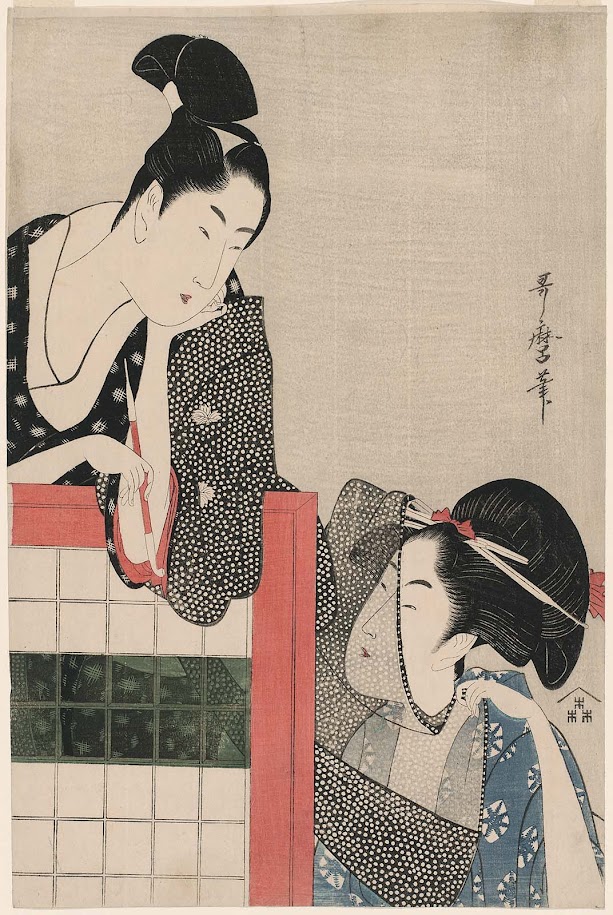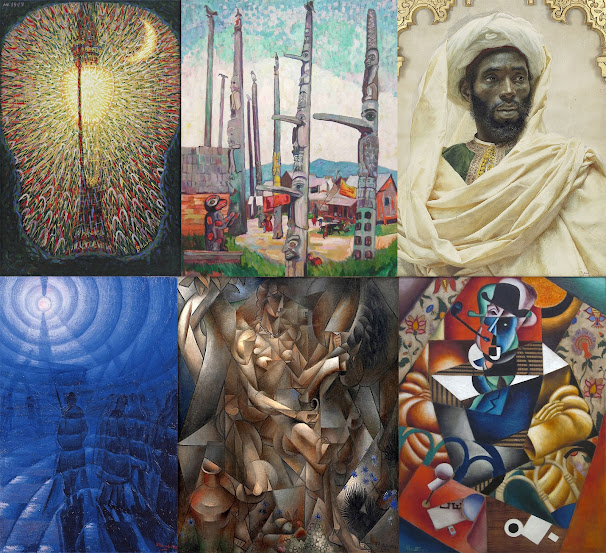Ukiyo-e - A Glimpse at Non-Western Art

Ukiyo-e, meaning "pictures of the floating world" was a style of art that flourished in Japan from the mid-17th century until the mid-19th century when it fell into steep decline. The floating world referred to the red light districts of Tokyo (known as Edo prior to 1868), along with the fleeting pleasures of life in general. As such, artists working in the style favored elegant (and sometimes highly erotic) depictions of courtesans, geisha, urban life, kabuki theatre, and natural beauty. While the ukiyo-e style also included paintings, most works were produced on woodblocks, allowing them to be printed in high volumes and cheaply sold to the masses. Due to their mass availability, many ukiyo-e prints found their way overseas, becoming highly influential to Western artists, particularly Impressionists like Claude Monet and Vincent Van Gogh. Kitagawa Utamaro, Tsuitate no Danjo (1797) Image courtesy of Wikimedia Commons . Tsuitate no Danjo ("Man and Woman by

